Tal Suseongdonggyegok (수성동계곡)
1.9Km 2023-09-19
185-3, Ogin-dong, Jongno-gu, Seoul
Das Wasser vom Tal Suseongdonggyegok fließt vom Berg Inwangsan hinab und in den Wasserlauf Cheonggyecheon, und die Gegend soll während der Joseon-Zeit aufgrund des lauten Geräuschs des fließenden Wassers Suseong-dong genannt worden sein. Es ist unter anderem im Gemälde "Jangdong Palgyeongcheop" zu sehen, wo acht schöne Aussichten der Berge Bugaksan und Ingwangsan dargestellt sind.
Das Tal war so berühmt für seine Schönheit, dass der Prinz Anpyeong sein Haus Bihaehang hier baute, und es wurde im Jahre 2010 zu einem Kulturgut der Stadt Seoul ernannt.
Myeongbo Art Hall (명보아트홀)
1.9Km 2025-04-11
47, Mareunnae-ro, Jung-gu, Seoul
Die Myeongbo Art Hall ist ein Kulturkomplex mit Theather in der Innenstadt von Seoul und verfügt über hochmoderne Beleuchtungs- und Audioausstattung, um Aufführungen von höchster Qualität zu bieten. Ursprünglich befand sich hier die Geburtsstätte von Admiral Yi Sun-sin, und dies ist mit einem Hinweisschild gekennzeichnet.
Katholische Kathedrale Myeongdong (서울 명동성당)
1.9Km 2023-04-10
74, Myeongdong-gil, Jung-gu, Seoul
Die katholische Kathedrale Myeongdong ist der Ort, wo die katholische Gemeinde Koreas gegründet wurde und die sterblichen Überreste von einigen Heiligen und Märtyrern bewahrt sind. Sie ist das erste Gebäude des Landes im gotischen Stil und hat daher einen hohen architektonischen Wert.
Jeongdong-Theater (정동극장)
1.9Km 2022-07-25
43, Jeongdong-gil, Jung-gu, Seoul-si
Das Jeongdong-Theater befindet sich am Steinmauerweg am Palast Deoksugung und strebt darauf an, die traditionellen Kunstformen zu bewahren, einen Kulturraum für alle Bürger zu schaffen und Jugendliche in ihrer Entwicklung zu fördern. Um diese Ziele zu erreichen, veranstaltet das Theater zahlreiche Aufführungen und Programme.
Naksan-Park (낙산공원)
1.9Km 2021-03-17
41, Naksan-gil, Jongno-gu, Seoul
Der Berg Naksan ist neben den Bergen Namsan, Inwangsan und Bugaksan einer von vier Bergen in der Innenstadt Seoul. Während der japanischen Kolonialzeit und unbedachter Bauarbeiten der 1960er Jahre wurden große Teile des Berges Naksan zerstört. Um das Grün des Berges zu regenerieren, wurde das Gebiet im Jahre 2002 zu einem Park ernannt. Seitdem können Besucher diesen historisch wertvollen und schönen Park mit seiner Aussicht auf die komplette Stadt genießen.
Haus von Choi Sunu (최순우 옛집)
1.9Km 2021-05-22
9, Seongbuk-ro 15-gil, Seongbuk-gu, Seoul
+82-2-3675-3401
Das Haus von Choi Sunu ist die alte Residenz von Hyegok Choi Sunu, der in diesem Haus von 1976 bis zu seinem Tod lebte. Choi Sunu war ein führender Kunsthistoriker, der als Direktor des Koreanischen Nationalmuseums wirkte.
Jeongdong-Observatorium (정동전망대)
2.0Km 2022-11-07
15, Deoksugung-gil, Jung-gu, Seoul
Das Jeongdong-Observatorium befindet sich im 13. Stock des Seosomun-Gebäudes im Rathaus Seoul (Seoul City Hall Seosomun Building). Bei einer Tasse Kaffee oder Tee aus dem Café des Observatoriums können Besucher hier den tollen Ausblick auf den Palast Deoksugung genießen.
Literaturbibliothek Cheongun (청운문학도서관)
2.0Km 2023-09-20
40, Jahamun-ro 36-gil, Jongno-gu, Seoul
Die Literaturbibliothek Cheongun befindet sich am Fuß des Berges Inwangsan und lässt sich erreichen, wenn man vom Tor Changuimun entlang der Festungsmauer geht. Sie ist eine öffentliche Bibliothek in einem Hanok-Gebäude mit zwei Stockwerken: das Untergeschoss ist aus Beton und stützt das Gebäude, und im ersten Stockwerk ist ein weiter Garten angelegt. Beim Bau des Gebäudes wurde die natürliche Neigung des Grundstücks mit einbezogen, und so liegt die südliche Seite des Untergeschosses frei und lässt Sonnenlicht ein.
Myeong-dong (명동)
2.0Km 2025-09-15
Myeong-dong 2(i)-ga, Jung-gu, Seoul
Das Stadtviertel Myeong-dong ist ein riesiges Einkaufsviertel mit Markengeschäften und Kaufhäusern, in denen man unter anderem Kleidung, Schuhe und allerlei Accessoires kaufen kann. Im Vergleich zu den großen Märkten in Namdaemun oder Dongdaemun werden in Myeong-dong vor allem qualitativ hochwertige Markenartikel angeboten. Neben Shoppingmöglichkeiten sind auch viele Restaurants und andere Dienstleistungsbetriebe wie Banken, Friseure und Kinos vertreten.
Kunstmuseum Seoul (서울시립미술관(서소문본관))
2.1Km 2023-10-17
61, Deoksugung-gil, Jung-gu, Seoul
+82-2-2124-8800
Das Kunstmuseum Seoul (SeMa) ist ein Museum für moderne Kunst, das sich in der Nähe des Palastes Deoksugung, des Jeongdong-Theaters und des Nanta-Theaters befindet.
Als Kunstmuseum, das unter Bewohnern und Besuchern Seouls gleichermaßen beliebt ist, veranstaltet das SeMa zweimal im Jahr international bekannte Ausstellungen und hat in der Vergangenheit Sammlungen von Chagall, Matisse, Picasso, Van Gogh, Pompidou und vielen weiteren berühmten Künstern ausgestellt.
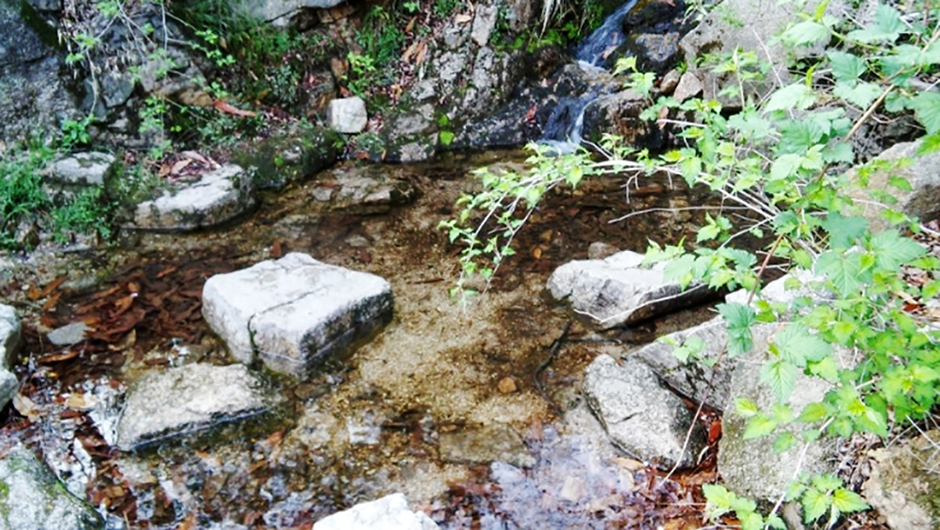
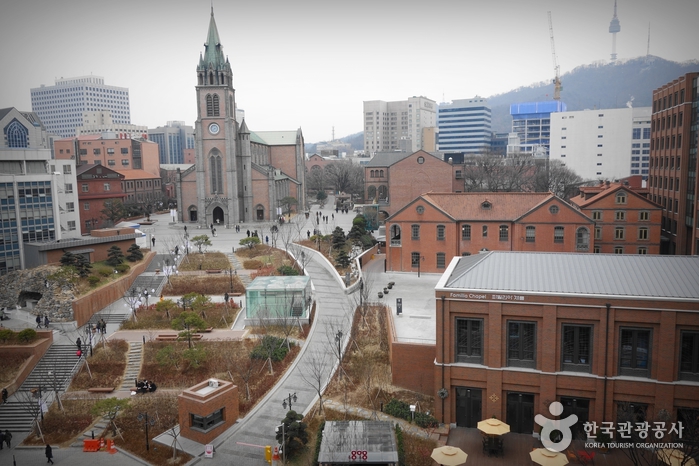
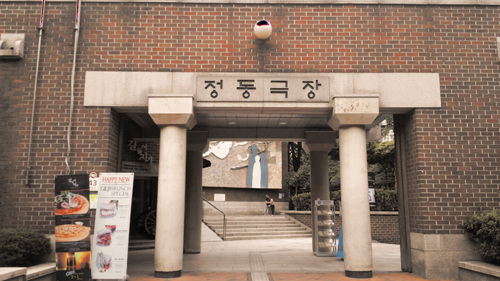
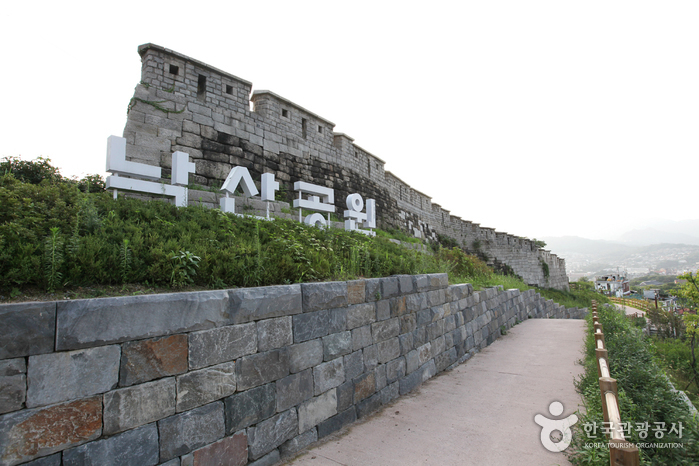
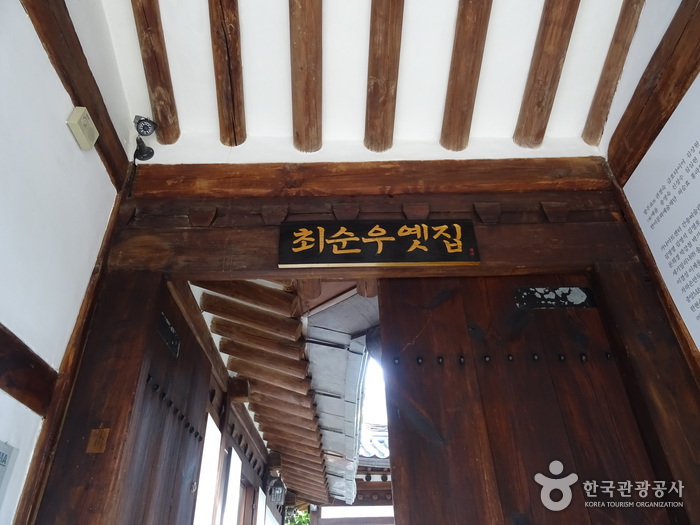

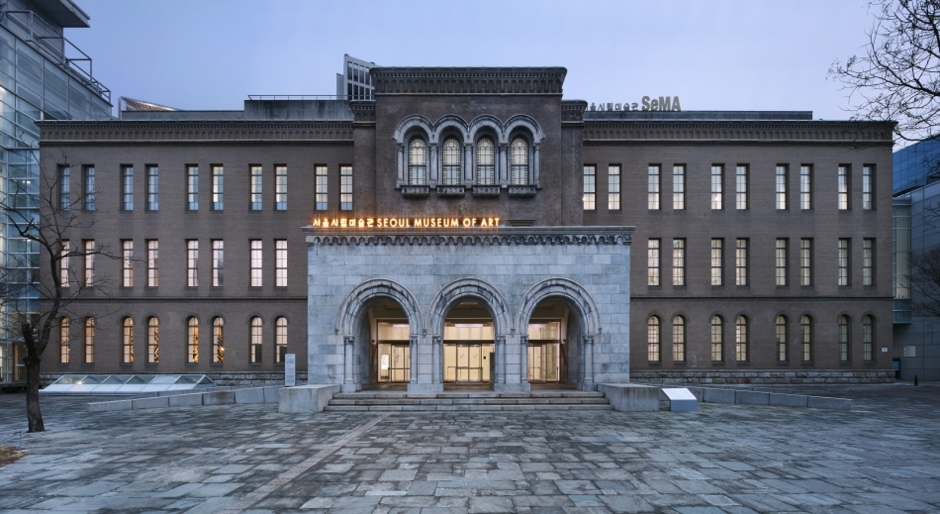
 Deutsch
Deutsch
 한국어
한국어 English
English 日本語
日本語 中文(简体)
中文(简体) Français
Français Español
Español Русский
Русский